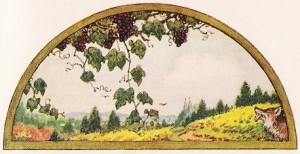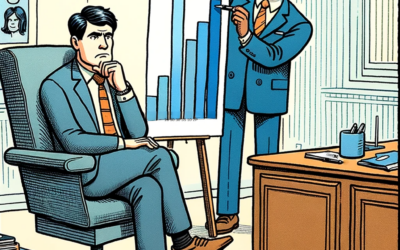 Cognitive Dissonance: The Fox and the
Cognitive Dissonance: The Fox and the
Grapes
This fable by Aesop (circa 620-564 BC) is a powerful example of cognitive dissonance. The Fox desires a bunch of grapes hanging high from its vine in a tree. After numerous attempts to get the grapes he “decides” that he doesn’t want the grapes. They are probably sour or not ripe. The Fox rationalizes his failure.
See the pattern: desire something; find it unattainable; reduce your cognitive dissonance (conflict) by criticizing and rationalizing. How does this behavior play itself out on your team? In your personal life?
When your expectations or desires don’t match reality, you have a choice to make: criticize, condemn, and complain (Level 1 energy); seek to use others to achieve your goal (Level 2 energy); help others achieve this goal (Level 4 energy); or work together and both enjoy the “fruit” of your success (Level 5 energy).
Don’t just let your initial thoughts or feelings dictate how you act. Take a moment to process your thoughts and feelings, then act deliberately.
Think-Feel-Act
- What do you think in that split second?
- How does that make you feel?
- What action are you going to choose?
You can chose, with practice and coaching, the approach that results in the best outcome for the team. You don’t have to be the fox.



